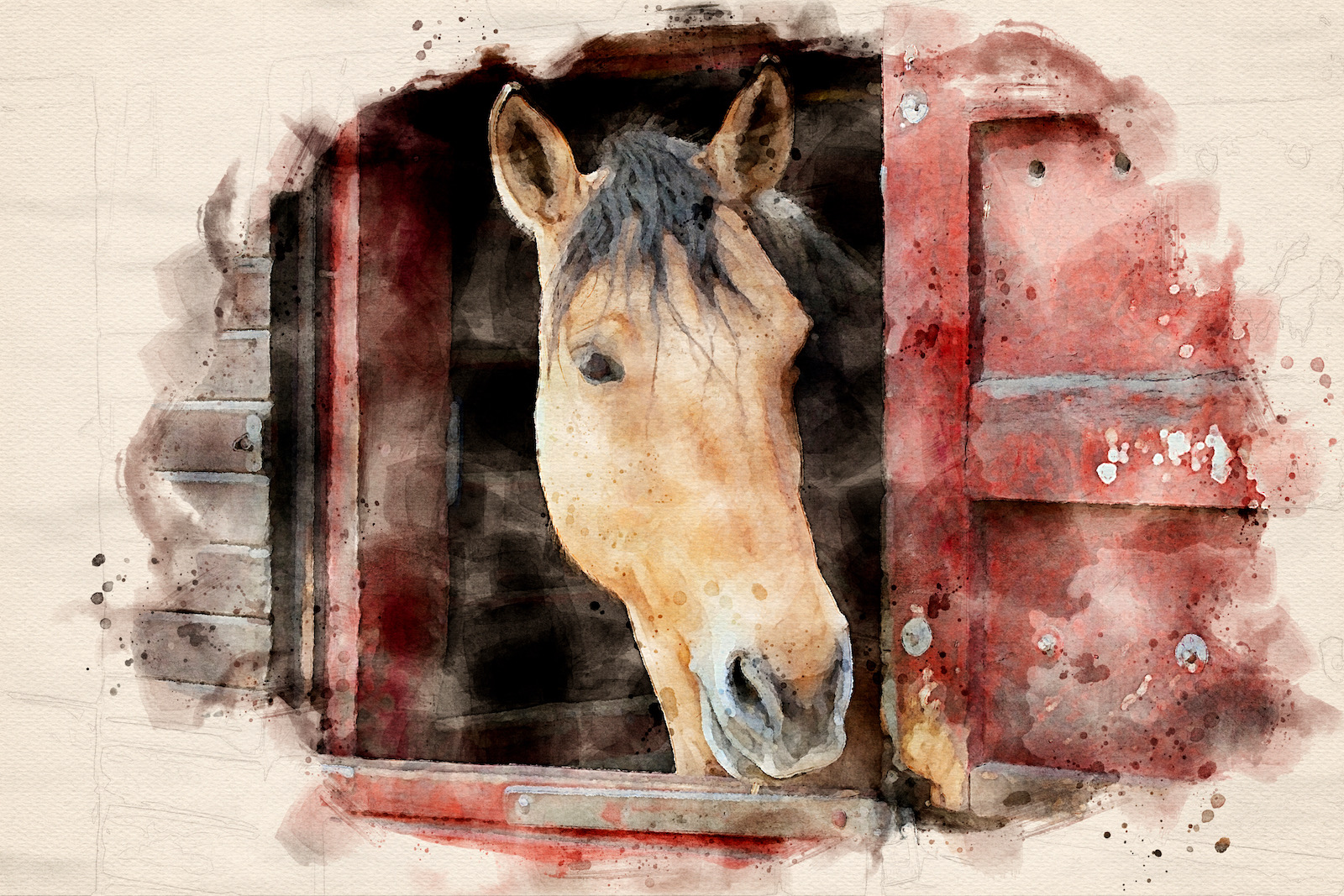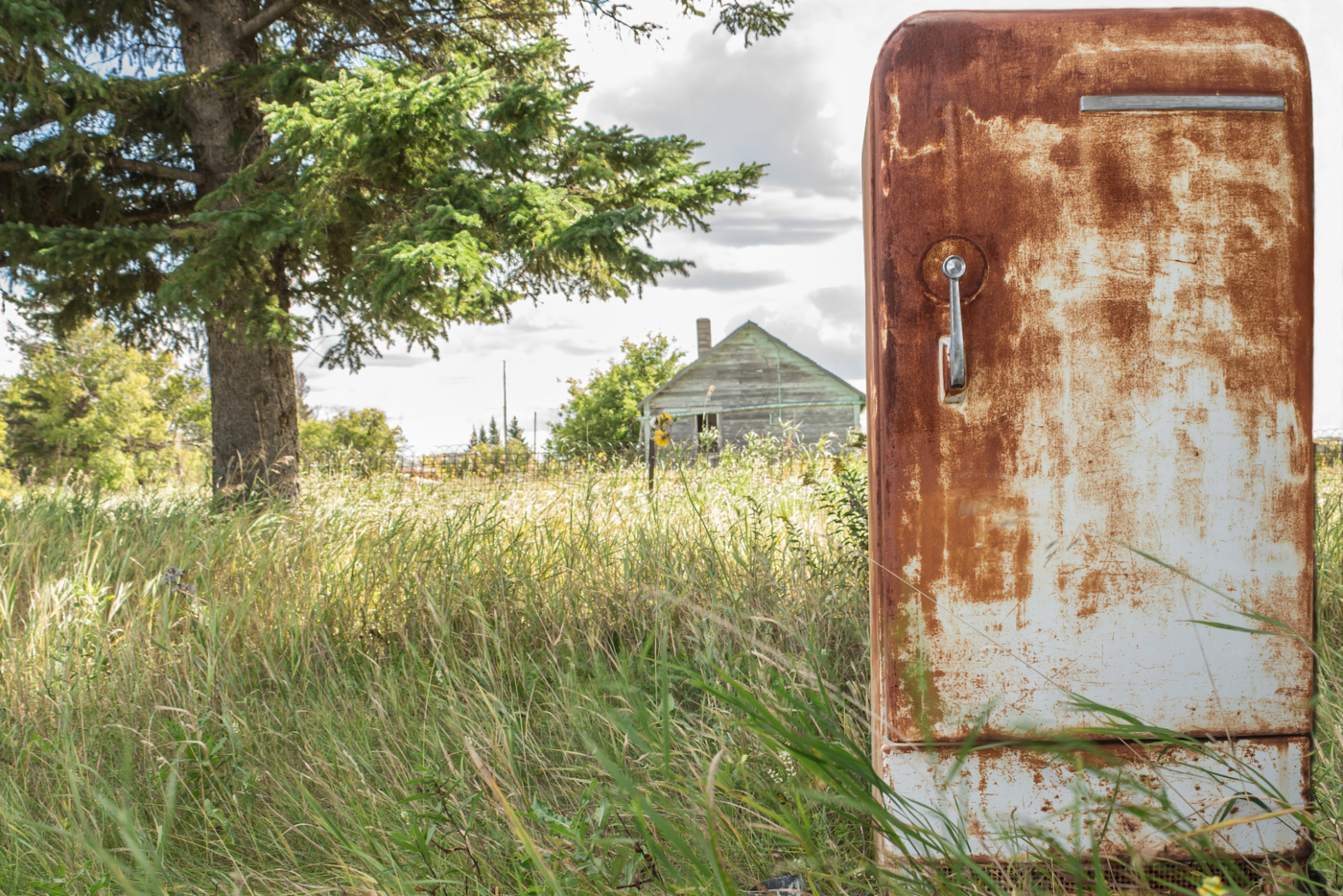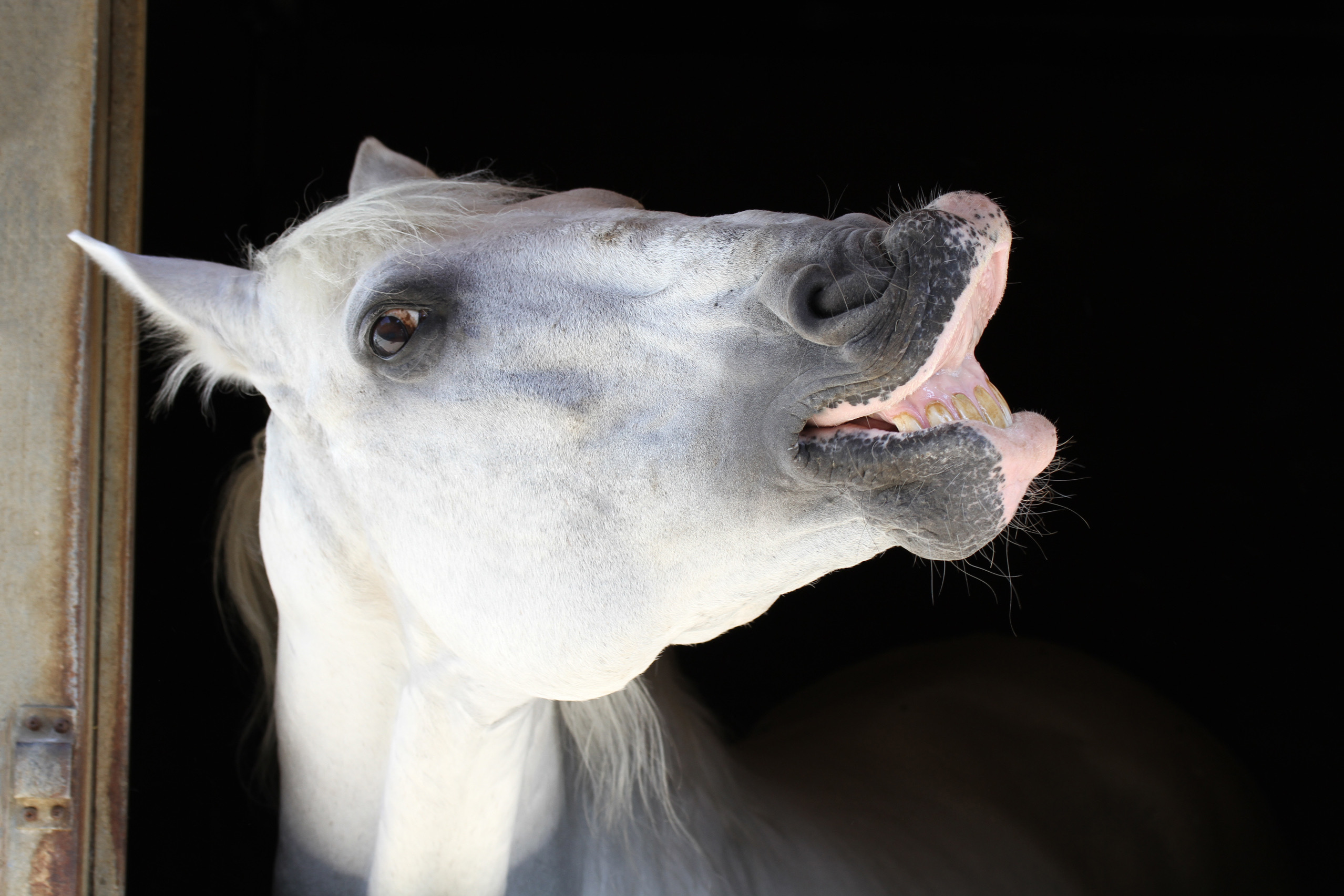It’s often difficult to believe that an animal as powerful as the horse can be as fragile as a teacup, but anyone who has spent considerable time in a barn knows that those are the simple facts. Even with exceptional care, many equine athletes occasionally need a bit of extra attention from the vet. This can come in many forms, but for the last several decades the go-to choice for aiding performance and relieving pain has been the administration of steroids. However, many vets are beginning to favor biologic remedies such as Pro-Stride.
We’ve had success with Pro-Stride on some of the geldings at OR (and we’ve even had some personal success with a similar version used in humans), so we figured we’d get a bit technical with good friend and skilled veterinarian Johanna Kremberg, DVM of Grand Prix Equine. We asked her the what, why, and how [much does it cost], and she was kind enough to share with us all the reasons why she calls it “the best of the best.”
Pro-Stride is a novel joint therapy that uses anti-inflammatories derived from the horse’s own blood. That’s right, an injectable joint therapy that contains no steroid!
ProStride is also a replacement for a product known as IRAP. Pro-Stride differs from IRAP in its potency, and contains an improved slew of anti-inflammatory proteins. It’s also for one-time-use and available same day, whereas IRAP (or other autologous plasmas) require three or more sequential injections and a lag time of 1-7 days at the lab.
From a very macro, non-scientific perspective, tell us what this treatment does, specifically.
So you just need to know one big word, I promise. That is “autologous.” Autologous means that the treatment is derived from tissue of the same individual animal. Essentially, we take your horse’s blood, and using various sterile centrifugation steps, concentrate your horse’s own anti-inflammatory proteins to put back into his own joint. There are absolutely no drugs involved. This falls in to the category of a “biologic” in that it is a therapeutic substance derived from a living organism, not a mass manufactured drug.
Tell us about the optimum equine candidate for Pro-Stride.
Great question! As horse owners become more savvy and see us using this treatment, we get asked for it more and more, in all scenarios. But in its infancy, I recommended Pro-Stride primarily to: a) horses that are no longer responding to repeated steroid injections; b) horses with lameness localized to high motion joints (stifles, coffins, fetlocks, knees); and c) horses or ponies with Cushing’s or Metabolic Syndrome.
 Category A: This is self-explanatory (our conventional therapy didn’t work, so we look for something else).
Category A: This is self-explanatory (our conventional therapy didn’t work, so we look for something else).
Category B: We know that these high-motion joint spaces have large gliding cartilage surfaces, thus are most wary of the long term repeated injection of steroids within them. For those horses that would initially respond to steroids but need repeat injections every 4-6 months, Pro-Stride is an ideal choice, especially if a young prospect is just getting started on his career. The beneficial effects can last 6-12 months, and there is no detriment in using it more often. Now that it is a better known product, more horse owners and trainers are asking for Pro-Stride in lieu of steroids, even on routine hock injections. The lower hock joints are small, compact spaces and for the most part respond extremely well to steroids, even over 10+ years of treatment. Still, for those of us who want the best of the best, this is it.
Category C: Using a biologic is a no-brainer. If your horse has Cushings or Metabolic Syndrome, there is some relatively high dose of steroid (injected into the joints or administered elsewhere) that can induce a laminitic episode. Eek, I know. Whatever that cumulative dose of steroid is depends on a number of factors, and on any given day, we just don’t know what could push that horse or pony in to the danger zone. Thus, using a biologic agent like Pro-Stride allays our (and your) fears.
It is also worth mentioning that occasionally we have strict withdrawal times for horses in FEI or USEF competition. If we are worried that a long-acting steroid we would otherwise choose may still be detectible in a horse that is actively competing, Pro-Stride is a good choice. Lastly, some practitioners are using Pro-Stride around injured tendons and ligaments as a local anti-inflammatory. There are not any studies showing its benefit outside of the joint, but hopefully there will be soon.
What are the benefits and risks of ProStride versus traditional steroid injections?
We know now that there are certain steroids which do degrade cartilage over time (10+ years). The benefit of Pro-Stride is that it has no long term detrimental effects on joint cartilage, and the effects may last longer than the conventional six month time frame. The risk of infection is slightly increased with Pro-Stride seeing as we are using a blood product that we have to handle in a sterile fashion from the moment it leaves the horse’s vein until it goes in to the horse’s joint. Keeping things sterile in a barn has its difficulties! (Read as: farm dogs licking around our sterile field thinking it’s lunch!)
Because of its novelty and the fact that only one manufacturer is currently making the kits to harvest Pro-Stride, the cost is about double the cost of a regular steroid injection. It also takes about an hour to harvest start to finish, so the time commitment is a bit more. Your veterinarian may reduce the cost if you use multiple kits, as we can consolidate them within the centrifuge and reduce the time and equipment needed.
Alright – we know you’ve been waiting for this –lets get specific. For the geeks in the house, please tell us a bit about the science behind the treatment?
This is a fascinating new frontier in joint therapies. Pro-Stride is many things in one: a concentrated version of a horse’s naturally occurring “anti-inflammatory soup,” like interleukin-1 receptor antagonist protein (IRAP) and soluble tumor necrosis factor receptors (STNF-r), but also platelet growth factors that inhibit further inflammation. In this way it has been called “disease modifying,” with the thought that it can slow down the inflammatory cascade long term. The thing is, every horse has a different concentration of these products in circulation at any given time. Because of this, Pro-Stride’s effects on one horse to another, or one year to another, may vary.
*Dr. Kremberg is not affiliated with or compensated by Pro-Stride or its manufacturer in any way.










